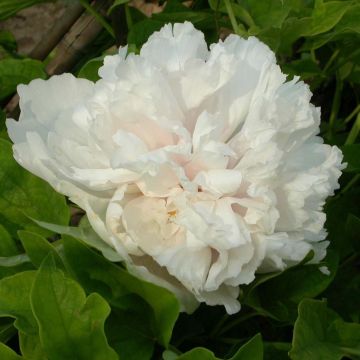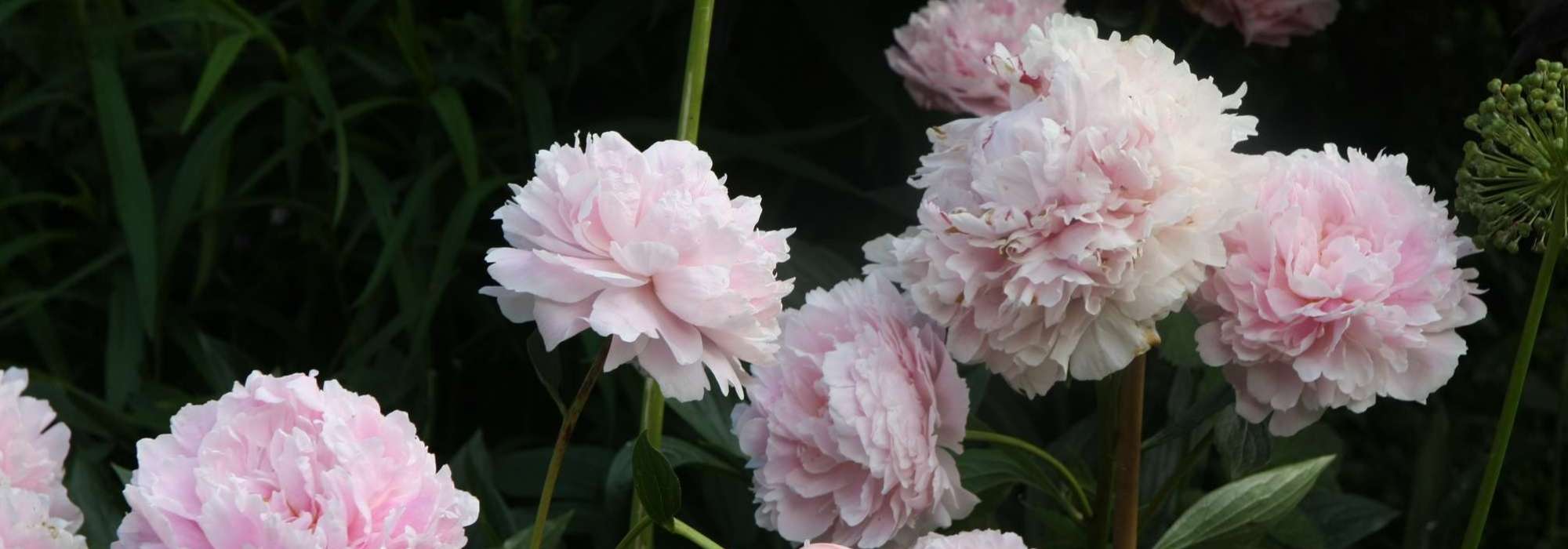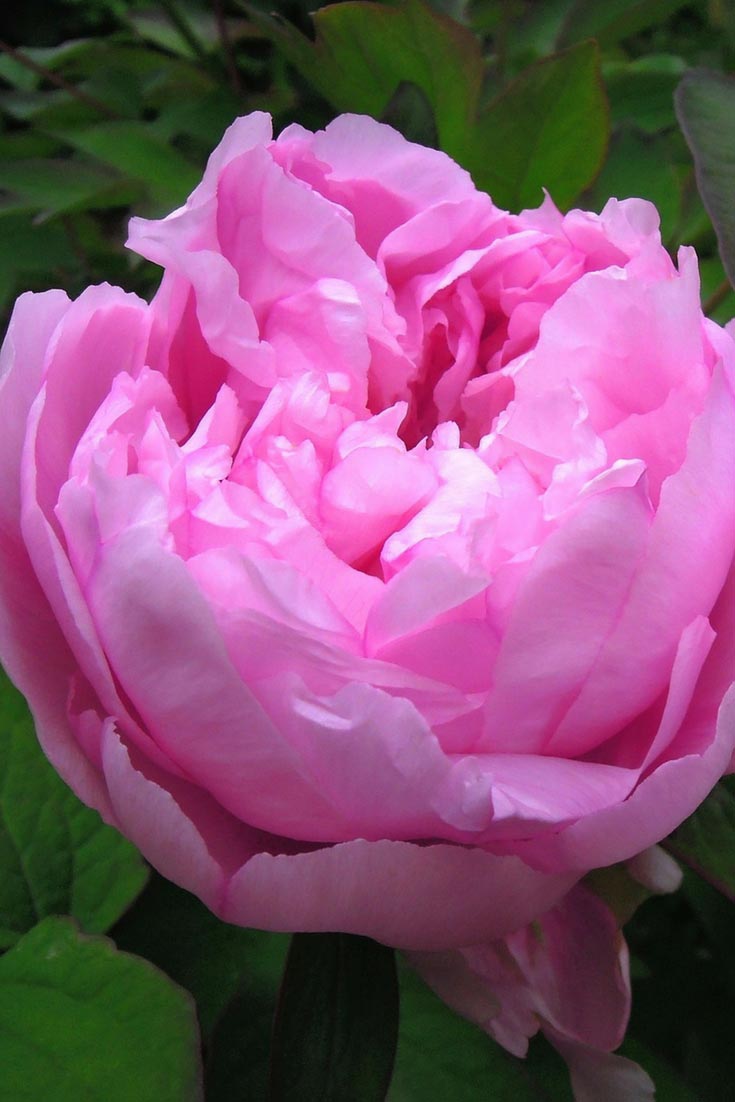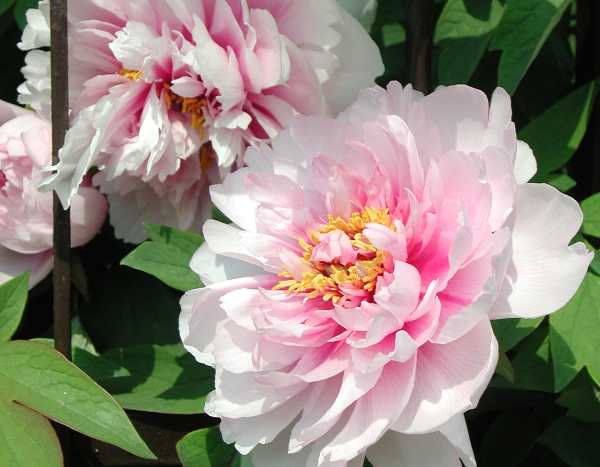

Paeonia suffruticosa Lilac - Tree Peony


Paeonia suffruticosa Lilac - Tree Peony
Paeonia suffruticosa Lilac - Tree Peony
Paeonia suffruticosa Lilac
Tree Peony
Special offer!
Receive a €20 voucher for any order over €90 (excluding delivery costs, credit notes, and plastic-free options)!
1- Add your favorite plants to your cart.
2- Once you have reached €90, confirm your order (you can even choose the delivery date!).
3- As soon as your order is shipped, you will receive an email containing your voucher code, valid for 3 months (90 days).
Your voucher is unique and can only be used once, for any order with a minimum value of €20, excluding delivery costs.
Can be combined with other current offers, non-divisible and non-refundable.
Why not try an alternative variety in stock?
View all →This plant carries a 12 months recovery warranty
More information
We guarantee the quality of our plants for a full growing cycle, and will replace at our expense any plant that fails to recover under normal climatic and planting conditions.
Would this plant suit my garden?
Set up your Plantfit profile →
Description
Paeonia suffruticosa Lilac is a shrubby peony with solitary, semi-double, open cup-shaped flowers in a black-spotted lilac-pink colour, adorned with pale yellow stamens. These wide-cupped flowers measure 18 to 25 cm (7 to 10 in) in diameter and bloom from mid-May to mid-June, perched on erect stems. Some consider shrubby peonies as the epitome of refinement.
Growing fairly slowly, this very hardy shrub reaches a height of 1.5-2 m (5-7 ft). The deciduous leaves are composed of nine lanceolate (lance-shaped) leaflets, which are very smooth and initially brownish-green at bud burst before becoming tender green with a bluish reverse.
Originally from Eastern Asia, Paeonia suffruticosa is more delicate than herbaceous varieties; it prefers sheltered locations, especially from cold winds. It grows in partial shade but tolerates non-burning sunlight and thrives in rich, deep, humus-bearing, moist, acidic, and light soil. It does not tolerate limestone and grows poorly in heavy soils.
In the garden, Paeonia suffruticosa Lilac can be used individually against a wall or hedge or in a border, under tall trees, but always sheltered from winds and in well-ventilated and bright areas. Peonies can be paired with other perennials that bloom before or after them, such as grasses, roses, irises, or bellflowers.
Flowering
Foliage
Plant habit
Botanical data
Paeonia
suffruticosa
Lilac
Ranunculaceae
Tree Peony
Cultivar or hybrid
Planting and care
Place Paeonia suffruticosa Lilac mainly in partial shade. From September to May, except during freezing periods, plant it in a fertile and deep, humus-bearing, moist but well-drained soil to prevent the roots from rotting. Easy to care for, peonies require little maintenance. When planting, make a large hole of 40 to 50 cm (16 to 20 in) on each side and add potting soil, river sand, and peat. Do not plant the plants too close together to allow for good air circulation. Place the collar at ground level. Keep the soil moist throughout the growing season with regular watering. Peonies are known to be homebodies, so they should not be moved after planting. Avoid pruning unless the plant becomes sparse. If that is the case, cut back to the base shoots. Provide a support stake for the floral stems and remove faded flowers during the season.
Planting period
Intended location
Care
Planting & care advice
This item has not been reviewed yet - be the first to leave a review about it.
Haven't found what you were looking for?
Hardiness is the lowest winter temperature a plant can endure without suffering serious damage or even dying. However, hardiness is affected by location (a sheltered area, such as a patio), protection (winter cover) and soil type (hardiness is improved by well-drained soil).

Photo Sharing Terms & Conditions
In order to encourage gardeners to interact and share their experiences, Promesse de fleurs offers various media enabling content to be uploaded onto its Site - in particular via the ‘Photo sharing’ module.
The User agrees to refrain from:
- Posting any content that is illegal, prejudicial, insulting, racist, inciteful to hatred, revisionist, contrary to public decency, that infringes on privacy or on the privacy rights of third parties, in particular the publicity rights of persons and goods, intellectual property rights, or the right to privacy.
- Submitting content on behalf of a third party;
- Impersonate the identity of a third party and/or publish any personal information about a third party;
In general, the User undertakes to refrain from any unethical behaviour.
All Content (in particular text, comments, files, images, photos, videos, creative works, etc.), which may be subject to property or intellectual property rights, image or other private rights, shall remain the property of the User, subject to the limited rights granted by the terms of the licence granted by Promesse de fleurs as stated below. Users are at liberty to publish or not to publish such Content on the Site, notably via the ‘Photo Sharing’ facility, and accept that this Content shall be made public and freely accessible, notably on the Internet.
Users further acknowledge, undertake to have ,and guarantee that they hold all necessary rights and permissions to publish such material on the Site, in particular with regard to the legislation in force pertaining to any privacy, property, intellectual property, image, or contractual rights, or rights of any other nature. By publishing such Content on the Site, Users acknowledge accepting full liability as publishers of the Content within the meaning of the law, and grant Promesse de fleurs, free of charge, an inclusive, worldwide licence for the said Content for the entire duration of its publication, including all reproduction, representation, up/downloading, displaying, performing, transmission, and storage rights.
Users also grant permission for their name to be linked to the Content and accept that this link may not always be made available.
By engaging in posting material, Users consent to their Content becoming automatically accessible on the Internet, in particular on other sites and/or blogs and/or web pages of the Promesse de fleurs site, including in particular social pages and the Promesse de fleurs catalogue.
Users may secure the removal of entrusted content free of charge by issuing a simple request via our contact form.
The flowering period indicated on our website applies to countries and regions located in USDA zone 8 (France, the United Kingdom, Ireland, the Netherlands, etc.)
It will vary according to where you live:
- In zones 9 to 10 (Italy, Spain, Greece, etc.), flowering will occur about 2 to 4 weeks earlier.
- In zones 6 to 7 (Germany, Poland, Slovenia, and lower mountainous regions), flowering will be delayed by 2 to 3 weeks.
- In zone 5 (Central Europe, Scandinavia), blooming will be delayed by 3 to 5 weeks.
In temperate climates, pruning of spring-flowering shrubs (forsythia, spireas, etc.) should be done just after flowering.
Pruning of summer-flowering shrubs (Indian Lilac, Perovskia, etc.) can be done in winter or spring.
In cold regions as well as with frost-sensitive plants, avoid pruning too early when severe frosts may still occur.
The planting period indicated on our website applies to countries and regions located in USDA zone 8 (France, United Kingdom, Ireland, Netherlands).
It will vary according to where you live:
- In Mediterranean zones (Marseille, Madrid, Milan, etc.), autumn and winter are the best planting periods.
- In continental zones (Strasbourg, Munich, Vienna, etc.), delay planting by 2 to 3 weeks in spring and bring it forward by 2 to 4 weeks in autumn.
- In mountainous regions (the Alps, Pyrenees, Carpathians, etc.), it is best to plant in late spring (May-June) or late summer (August-September).
The harvesting period indicated on our website applies to countries and regions in USDA zone 8 (France, England, Ireland, the Netherlands).
In colder areas (Scandinavia, Poland, Austria...) fruit and vegetable harvests are likely to be delayed by 3-4 weeks.
In warmer areas (Italy, Spain, Greece, etc.), harvesting will probably take place earlier, depending on weather conditions.
The sowing periods indicated on our website apply to countries and regions within USDA Zone 8 (France, UK, Ireland, Netherlands).
In colder areas (Scandinavia, Poland, Austria...), delay any outdoor sowing by 3-4 weeks, or sow under glass.
In warmer climes (Italy, Spain, Greece, etc.), bring outdoor sowing forward by a few weeks.















































